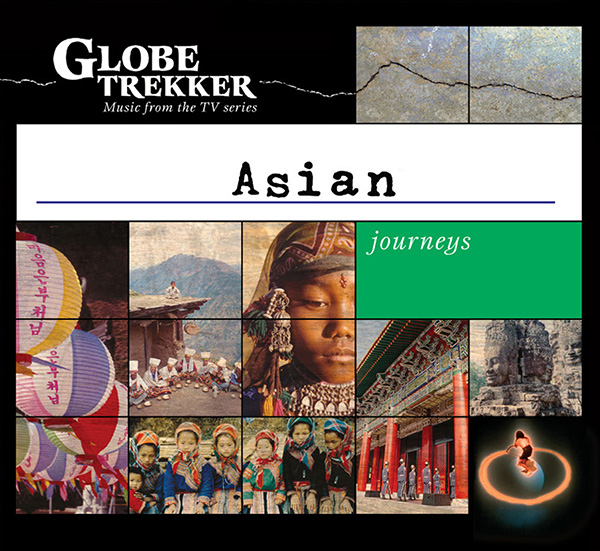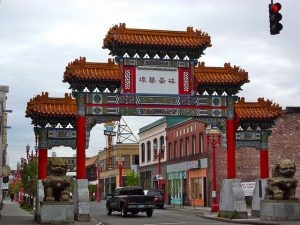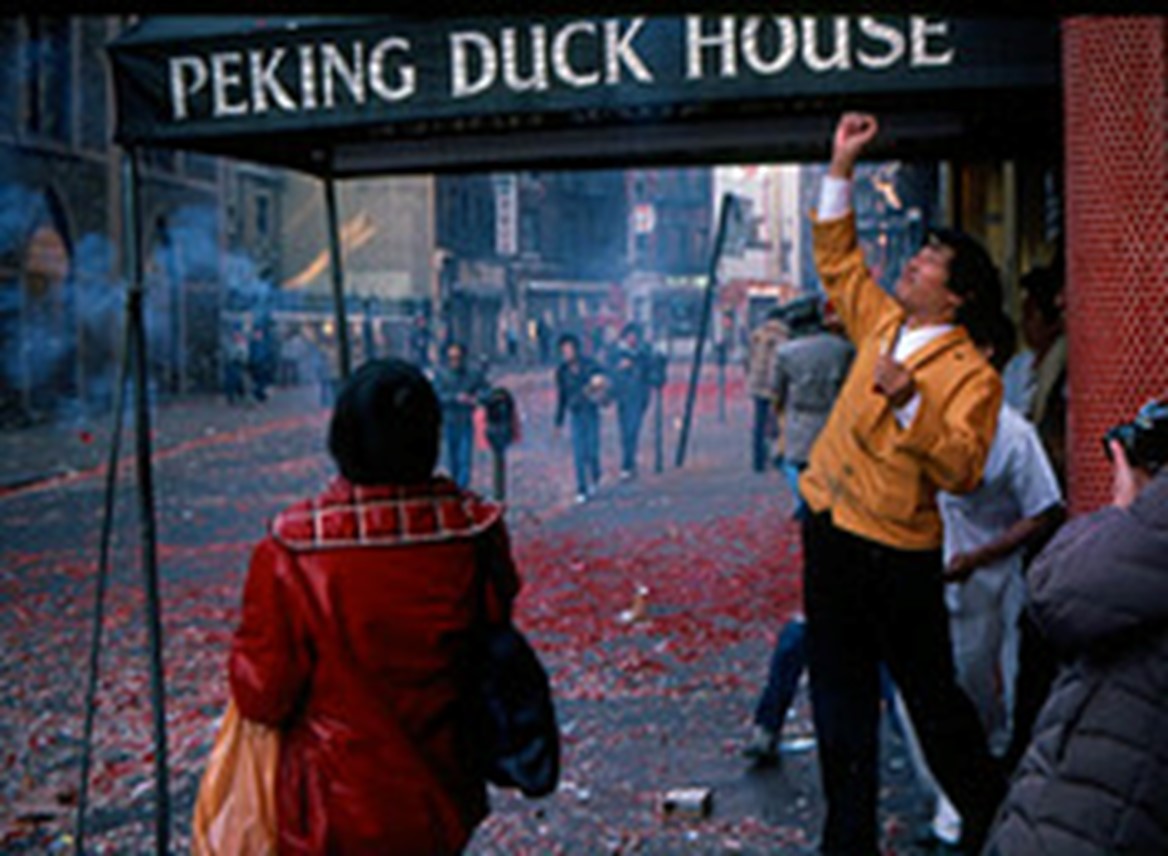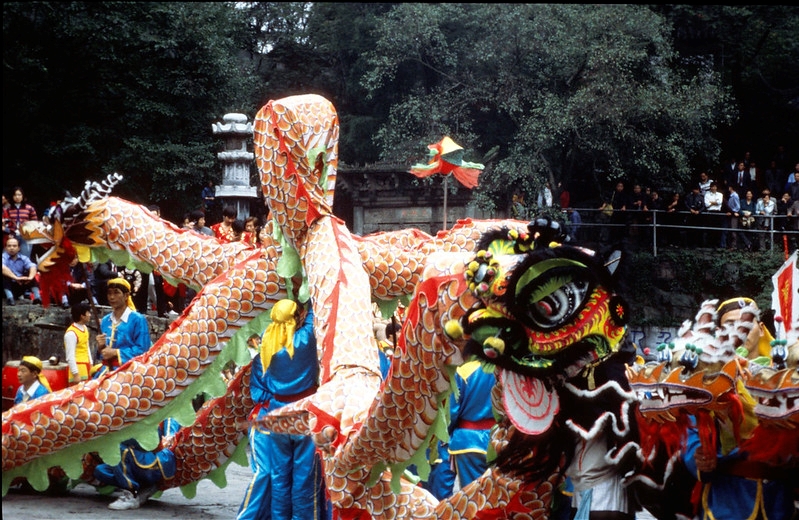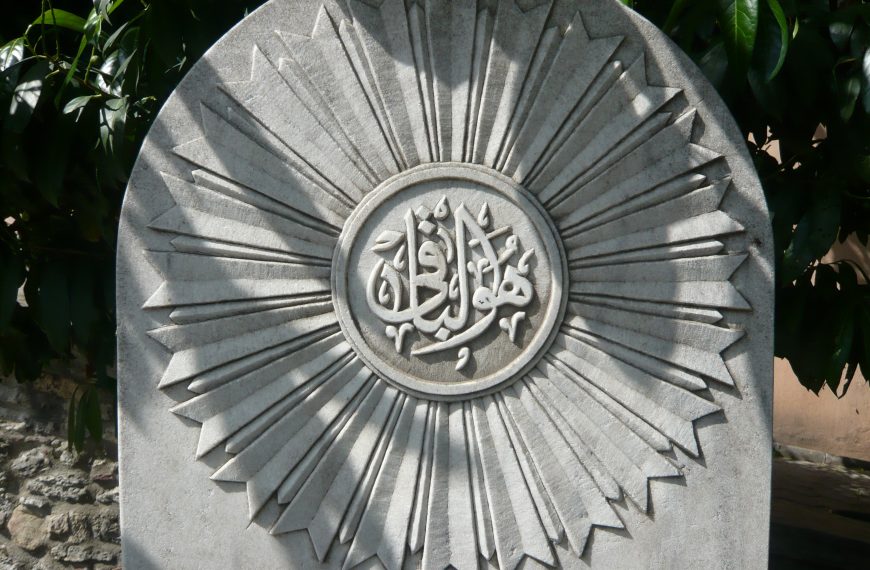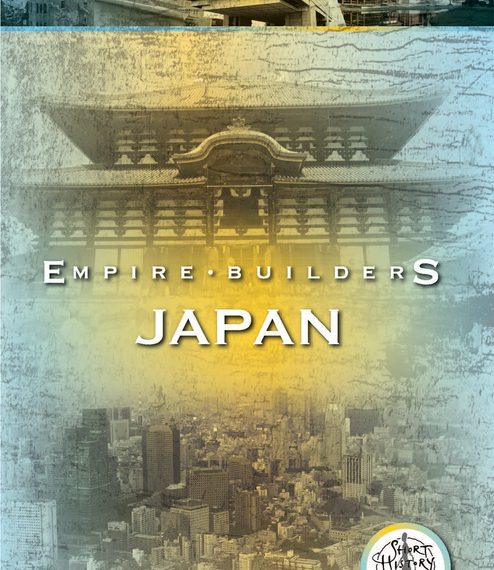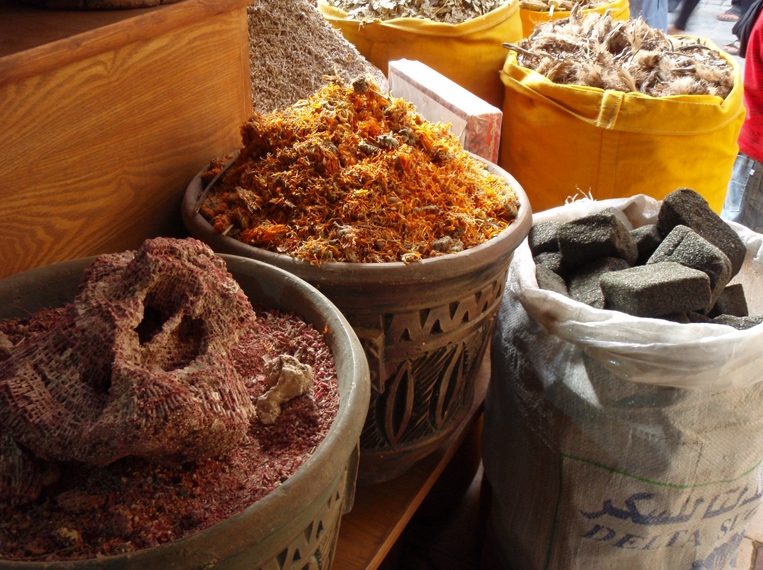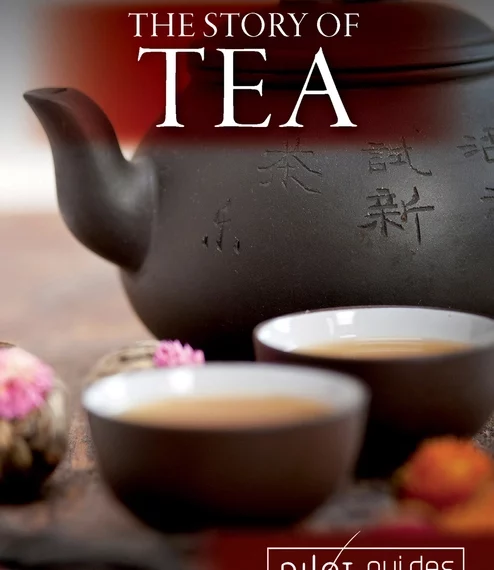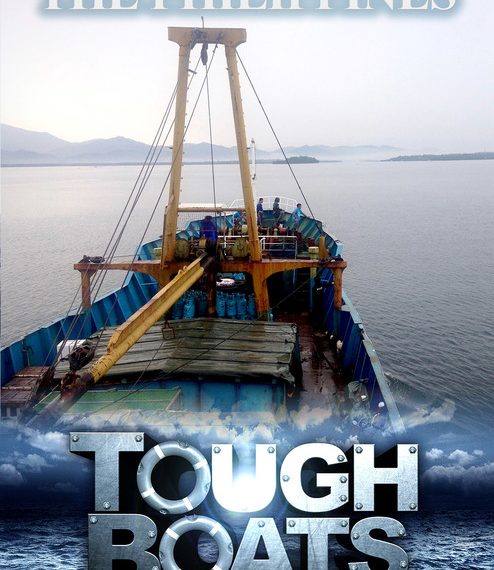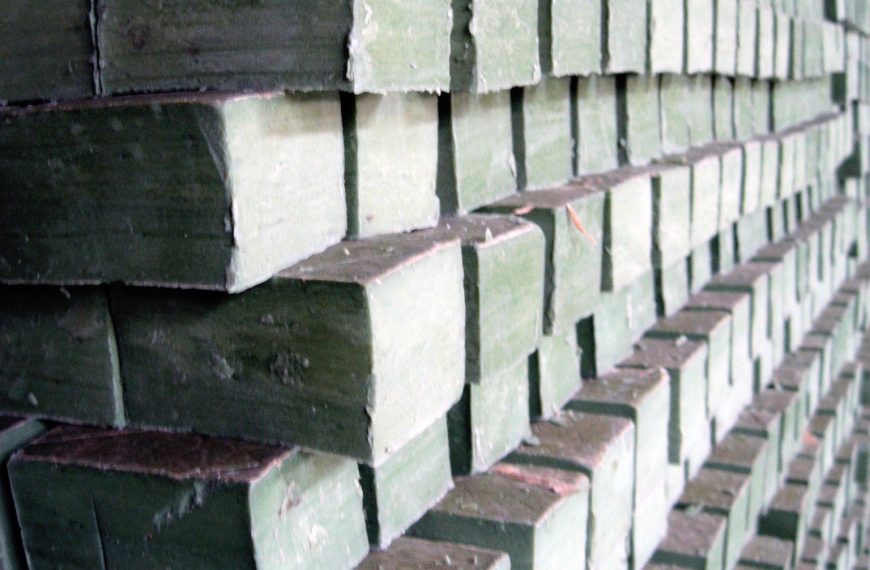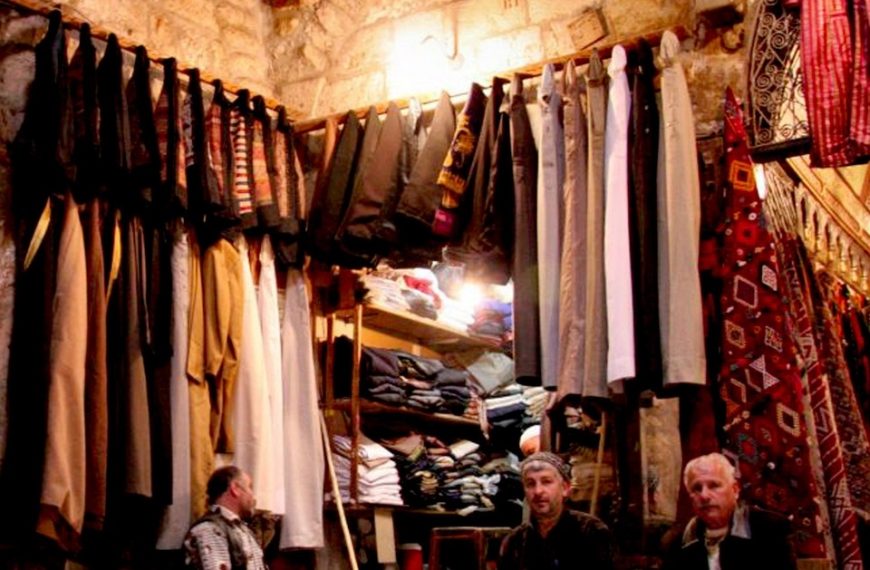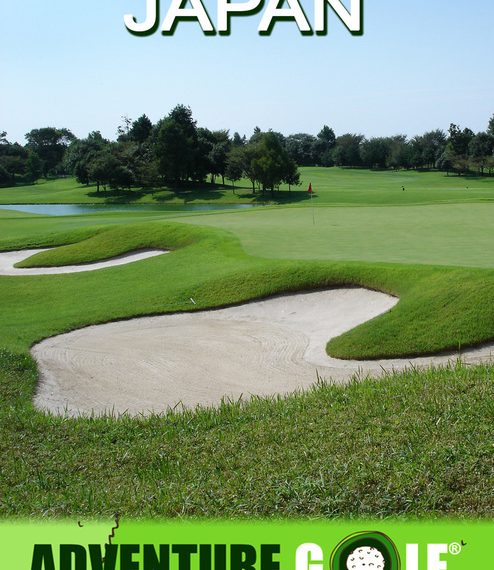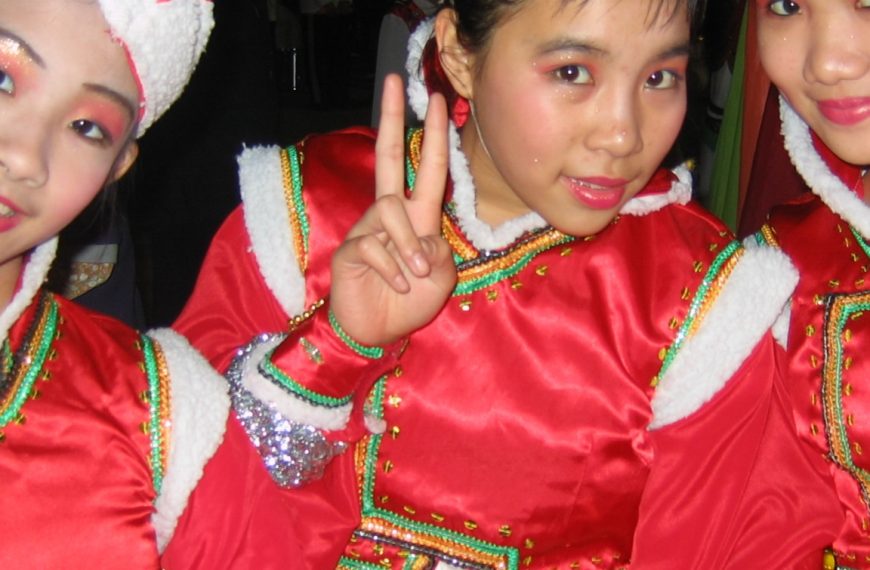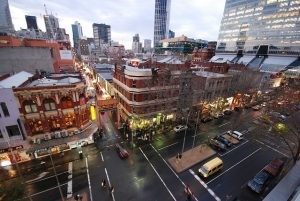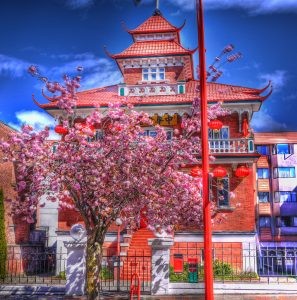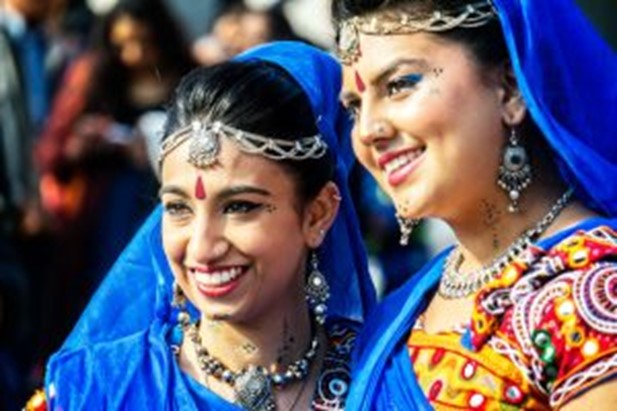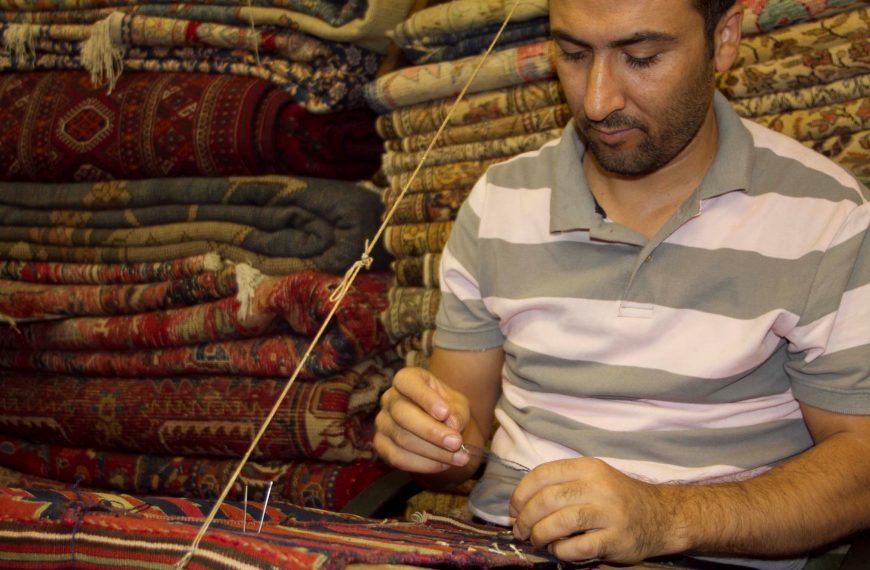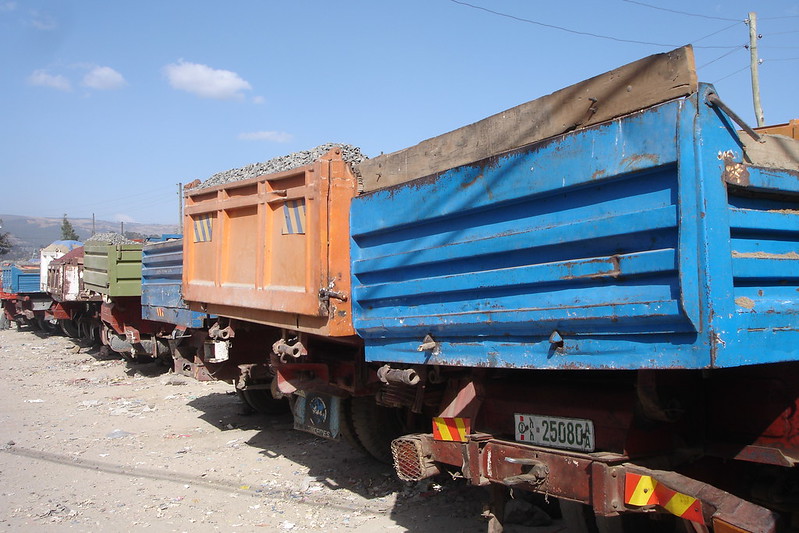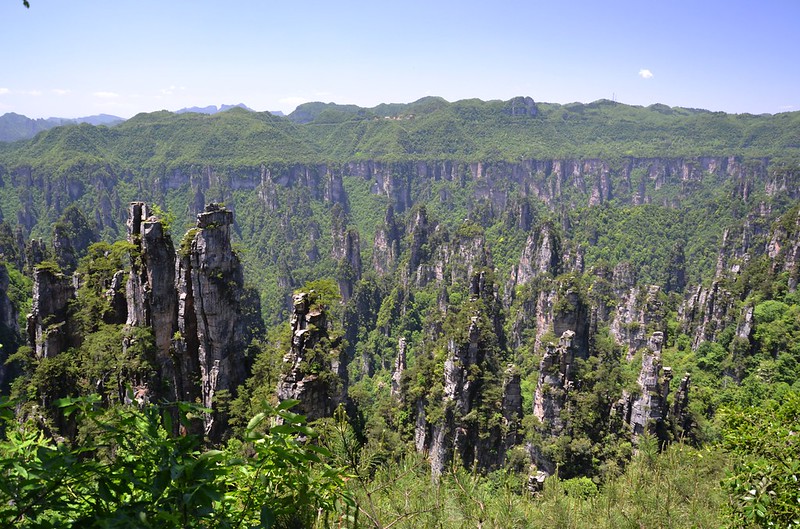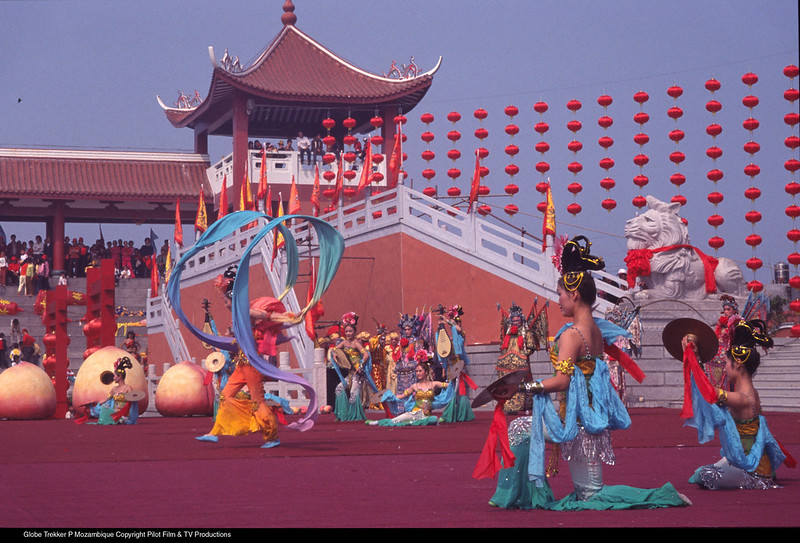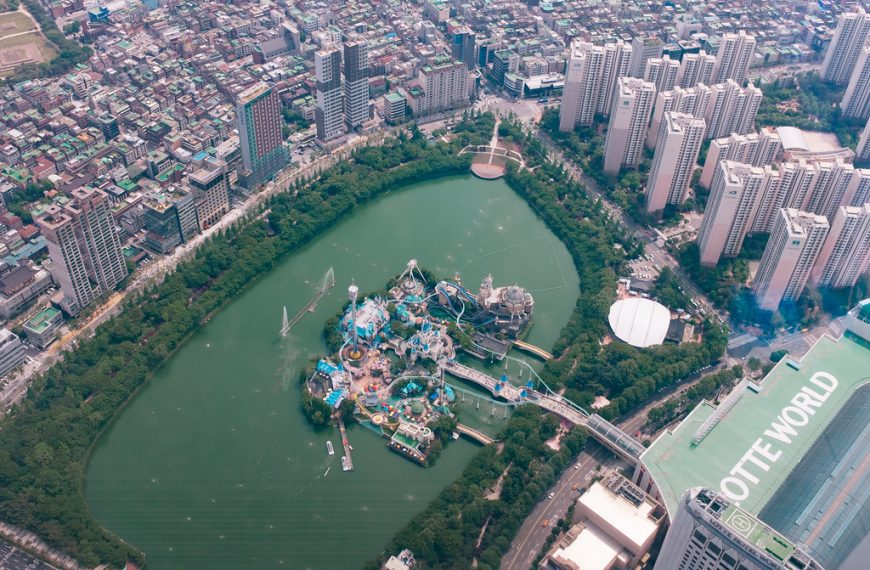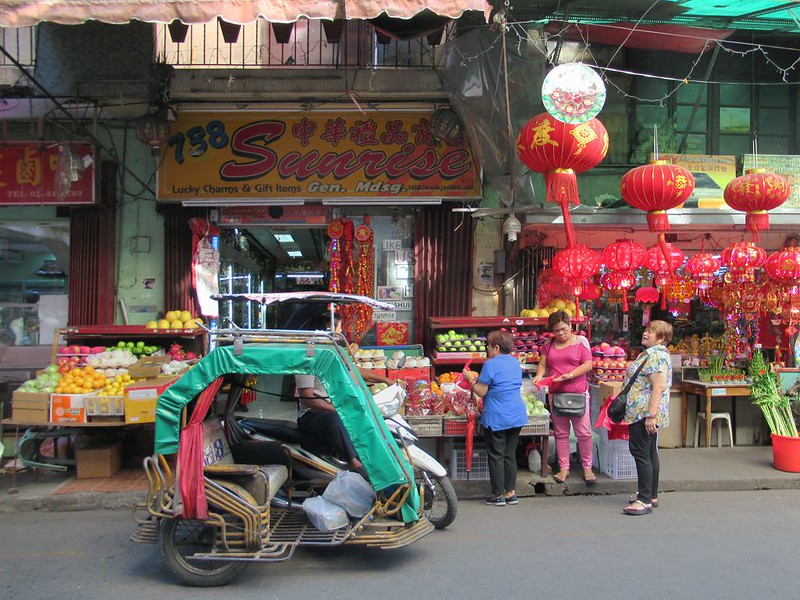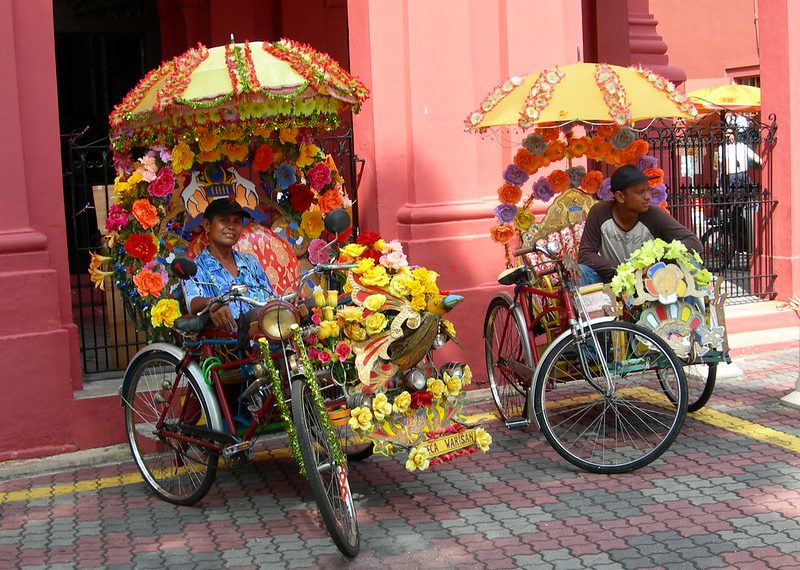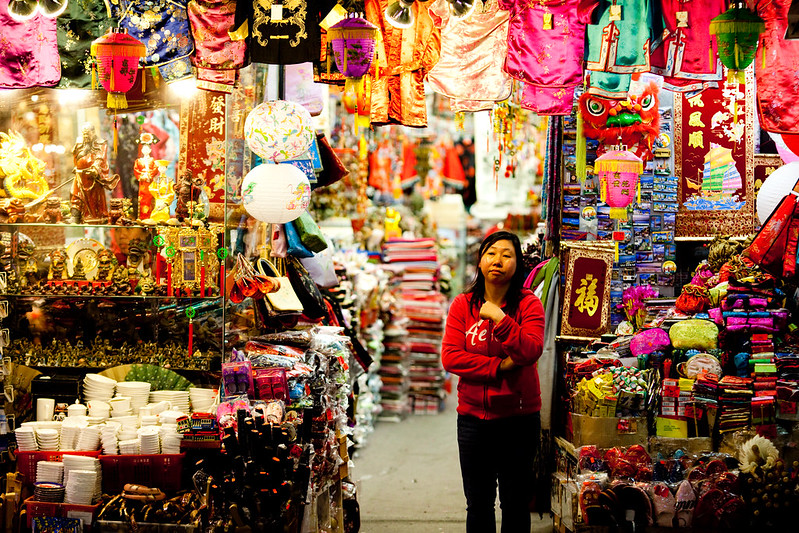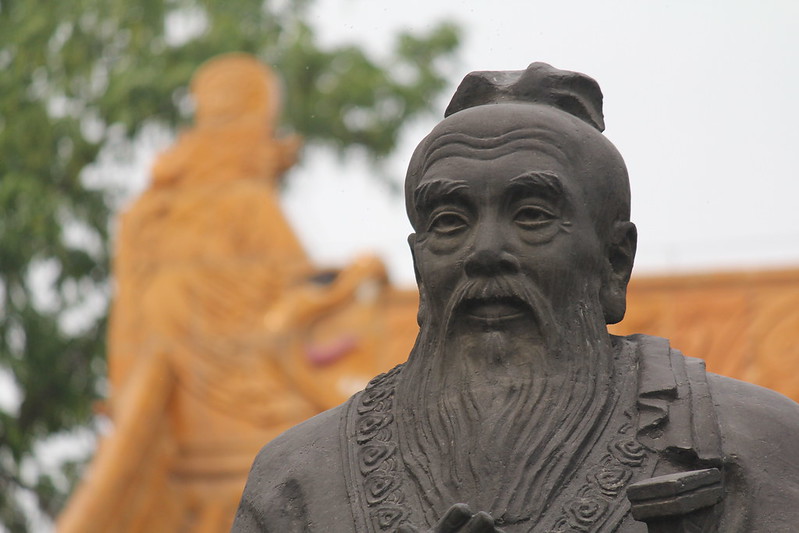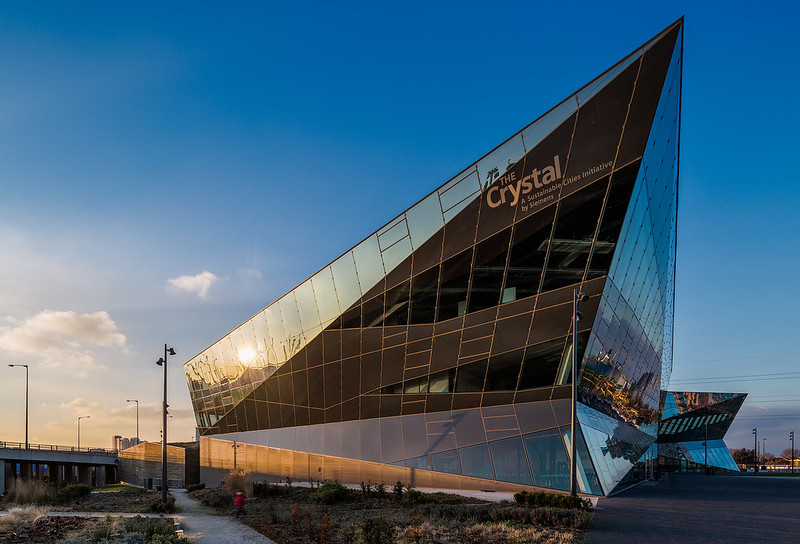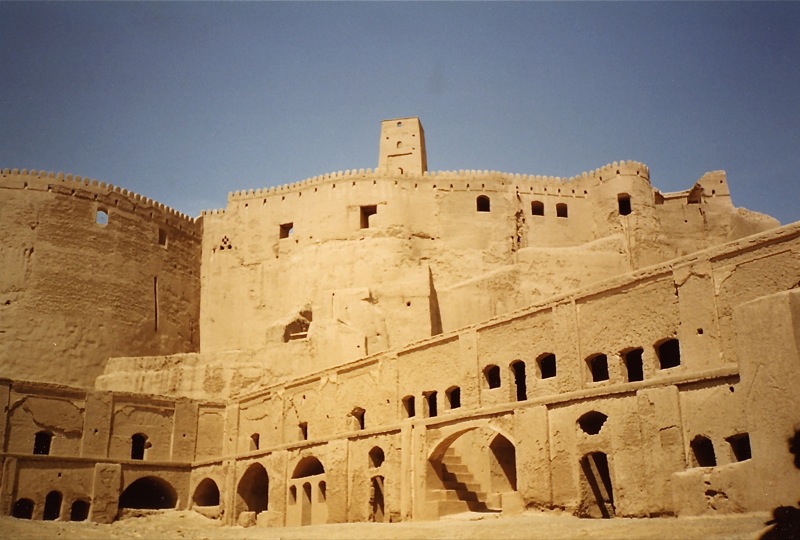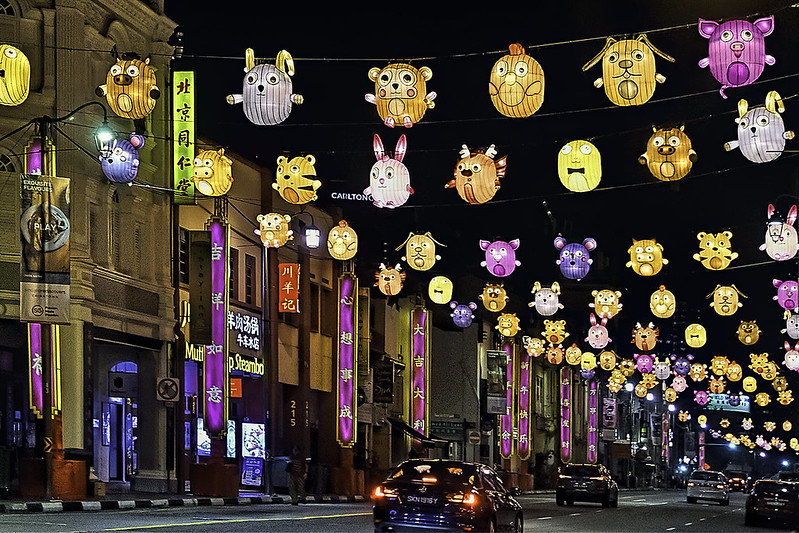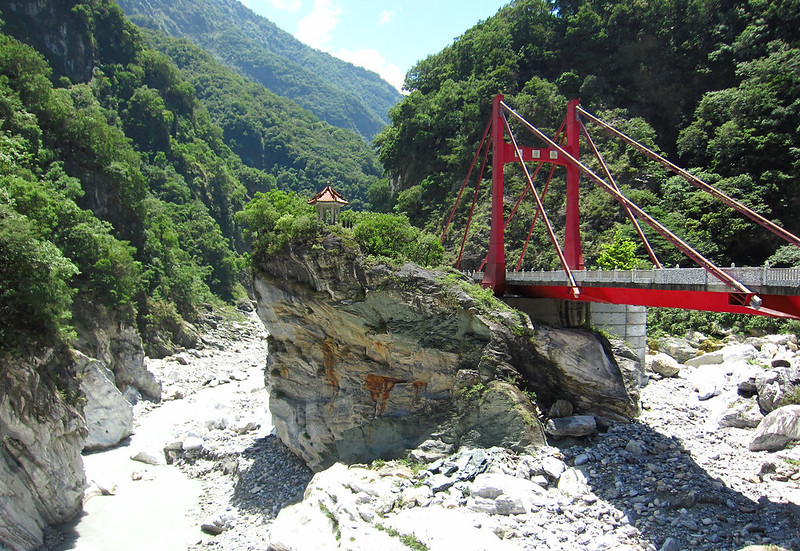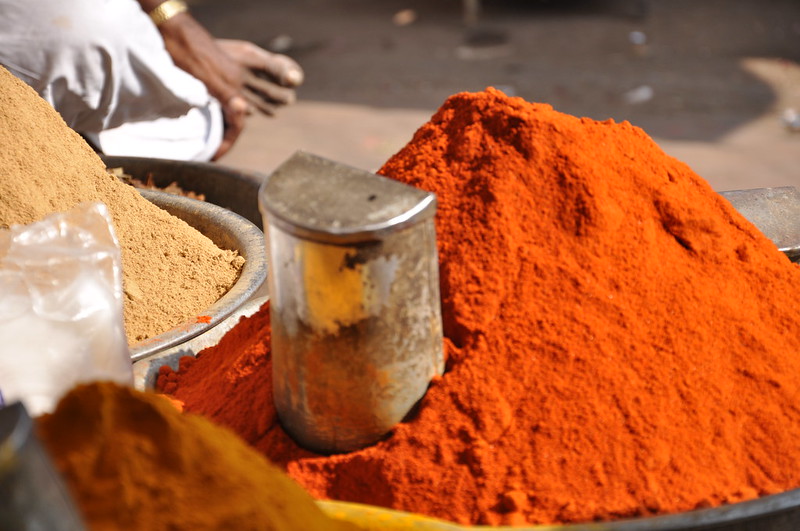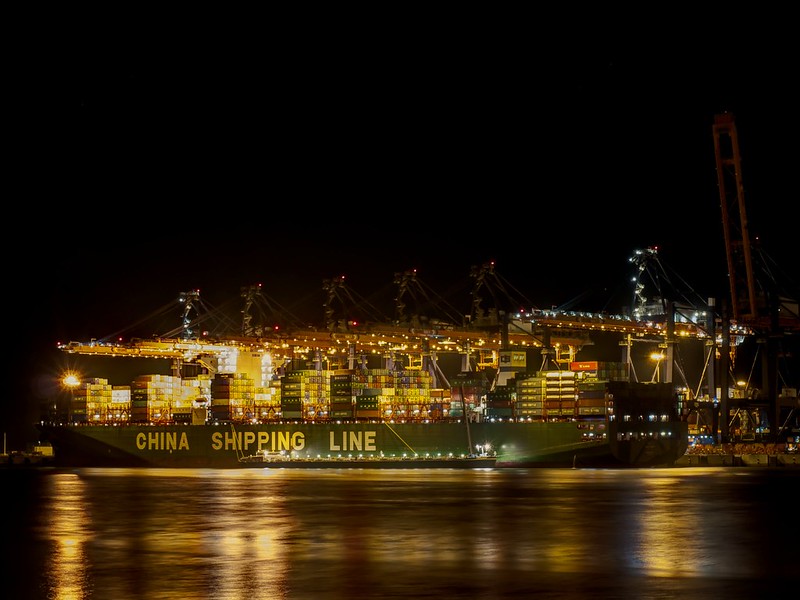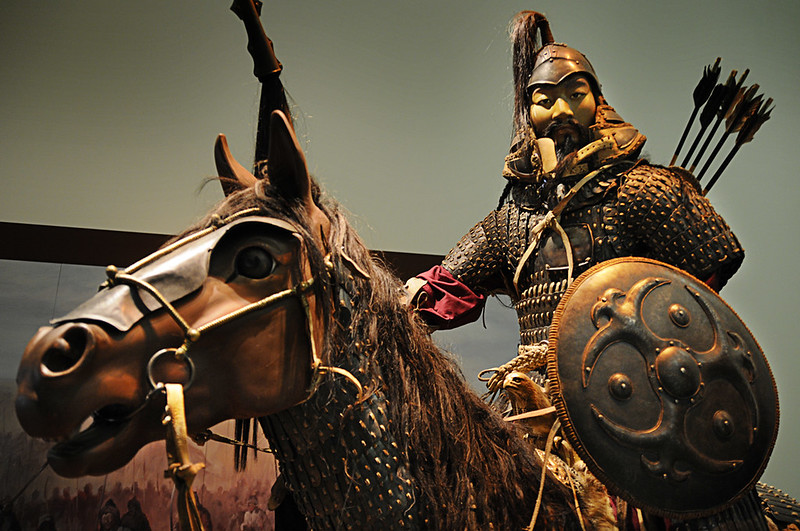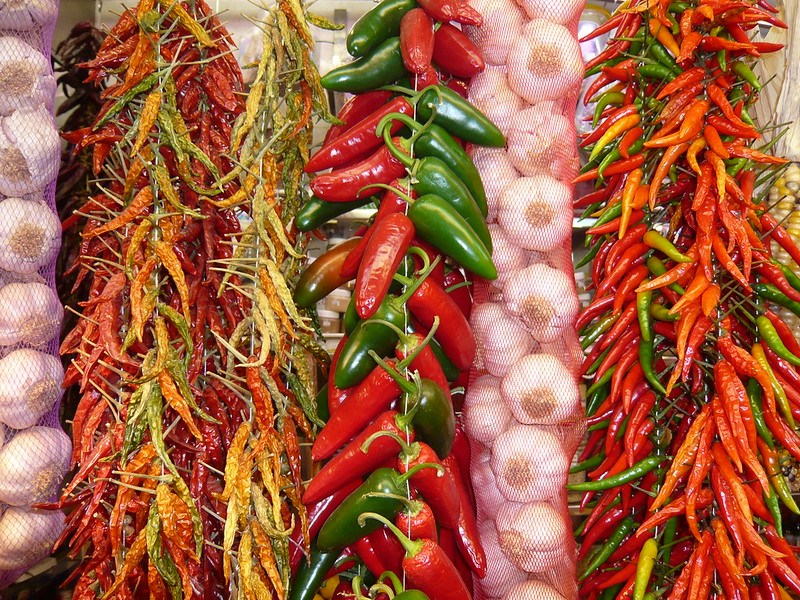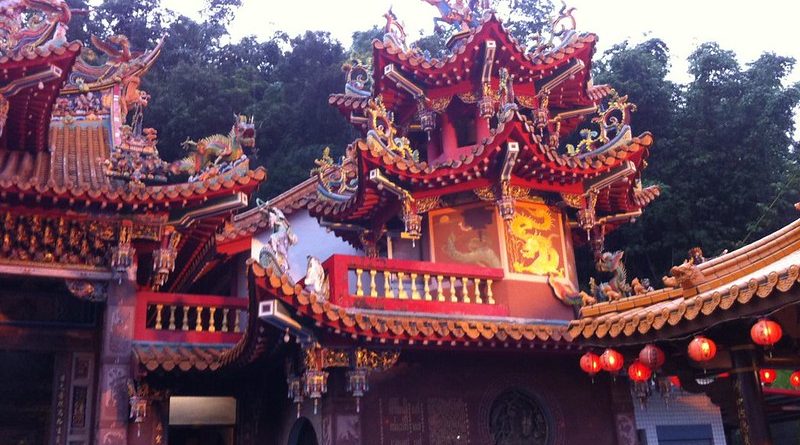
Taiwan
Taiwan, traditionally dubbed Illa Formosa (“Beautiful Isle”), is an island situated off the southeastern coast of Mainland China. The island offers a unique blend of cultures, history, cuisines and terrains. While the eastern portion of the island offers more mountainous regions, the western lands are more developed and is where most of the population resides.
It may only be one island, but visitors can experience the jaw-dropping scenery and winding rivers in Taroko National Park, then travel westward and experience the bustling and modern metropolis that is Taipei, all in the space of one weekend.
Chinese and Japanese influences abound, especially when it comes to food and language. Yet, Taiwan has managed to create its own identity over time – one of a democratic and liberal Asian society, one that is constantly looking to the future.
Read More
Taiwan’s currency is the New Taiwan Dollar. £1 GBP = 41.1 TWD $1 USD = 29.27 TWD Check with your local exchange bureau or the International Currency Converter for up to date conversion rates. Taiwan is extremely friendly to budget travellers and all others alike. Many of the cities main attractions, including temples, art museums, and markets, have no entry fee. One may even want to book a short tour around any of these destinations to learn about their rich history. Affordable housing, including Air BnBs and hostels, as well as some hotels, are available. It is possible to eat cheaply as well, because of the booming night market culture in Taiwan. After flying into Taoyuan International Airport, one can take the MRT directly from the airport to Taipei. In terms of getting around Taiwan, Taipei, Kaohsiung, and Taipei all run on the MRT, an efficient metro system. Ticket prices depend on how far one travels, and they range from TWD 20-65. The MRT also sells, 1, 2, 3 and 5 day passes. There is also the option to rent bikes in Taipei, which costs 10 TWD per 30 minutes for a 4-hour session. Buses ranging from 3-8 GBP can be used to travel between portions of Taiwan’s major cities. There is also a Taiwan Tourist Bus system that has extensive sightseeing routes throughout the country for a low rate. Taiwanese food, while considered to have influences from both Mainland China and Japan, is intensely unique, and presents many popular dishes to try. Dishes include lots of pork, egg, soy, rice and seafood, all prepared in various ways. Some of the most popular include Changhua (a large pork dumpling,) scallion pancakes, rice-stuffed chicken wings, and many sweet items, including bubble tea, sun cakes (layered pastry made with honey,), and shaved ice. There are endless food stands and restaurants to visit, as the Taiwanese are very passionate about food. From stalls on the road to proper restaurants in any city on the island, one can be sure that they’ll be served a hearty meal. Be sure to be adventurous and try everything the island has to offer. Approximately 23 million. Mandarin Chinese is the most widely spoken language in Taiwan. Though this is the same language spoken in Mainland China, be warned that the dialect sounds very different when spoken by the Taiwanese. Hokkien, a specifically Taiwanese dialect, competes for the next popular language. In addition, most Taiwanese young people speak English, as the necessity and popularity of the language continues to grow. Taiwan is more or less warm year-round. Temperatures sit at a comfortable average of around 20-25 degrees Celsius, rising in the summer, and with the temperatures decreasing slightly in the lowlands. There are two rainy seasons, one from October to March, and the other from May through June. Be sure to bring an umbrella, comfortable walking shoes, and clothing that is adaptable to layering, as temperatures may vary. Most of Taiwan’s population is made up of Han Chinese people, while the other resulting minorities are comprised of Hakka speaking Chinese people and indigenous Taiwanese. The sense of identity and unity between the Taiwanese people has been steadily increasing as years pass. Dress is Taiwan is neither conservative nor completely modern. For most travellers, it’s easiest to use common sense, and dress casually and comfortably. For the weather conditions, be sure to bring a rain coat and shoes that won’t get soaked while walking. Members of the EU, the USA, Canada, and Australia do not require a Visa to enter Taiwan to visit. Members of many other countries, including Singapore, Thailand, Japan, and Switzerland are all eligible to visit the country for up to 90 days without a Visa. Please check the tourism board website for specific country listings. It is always advised to take health precautions 2-4 weeks before travelling to a new country. Taiwan is generally a clean and safe city, with few precautions necessary. The traffic in Taiwan can be dangerous and unyielding, so be sure to look many times before crossing the street in any direction or time of day. Additionally, in the summer, many areas on the island have been known to suffer from dengue fever, a disease passed by mosquitos. If one is visiting during this time, they should take extra measures to avoid getting bitten by a mosquito. Hospitals in Taiwan operate on a pay-as-you-use basis, and some have English speaking staff available to give aid. Having travel insurance is always advised.Cash
Travel
Food
Population
Language
Climate
People
Dress
Visas
Health

